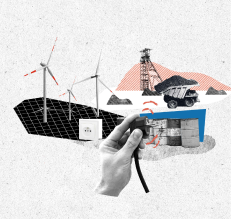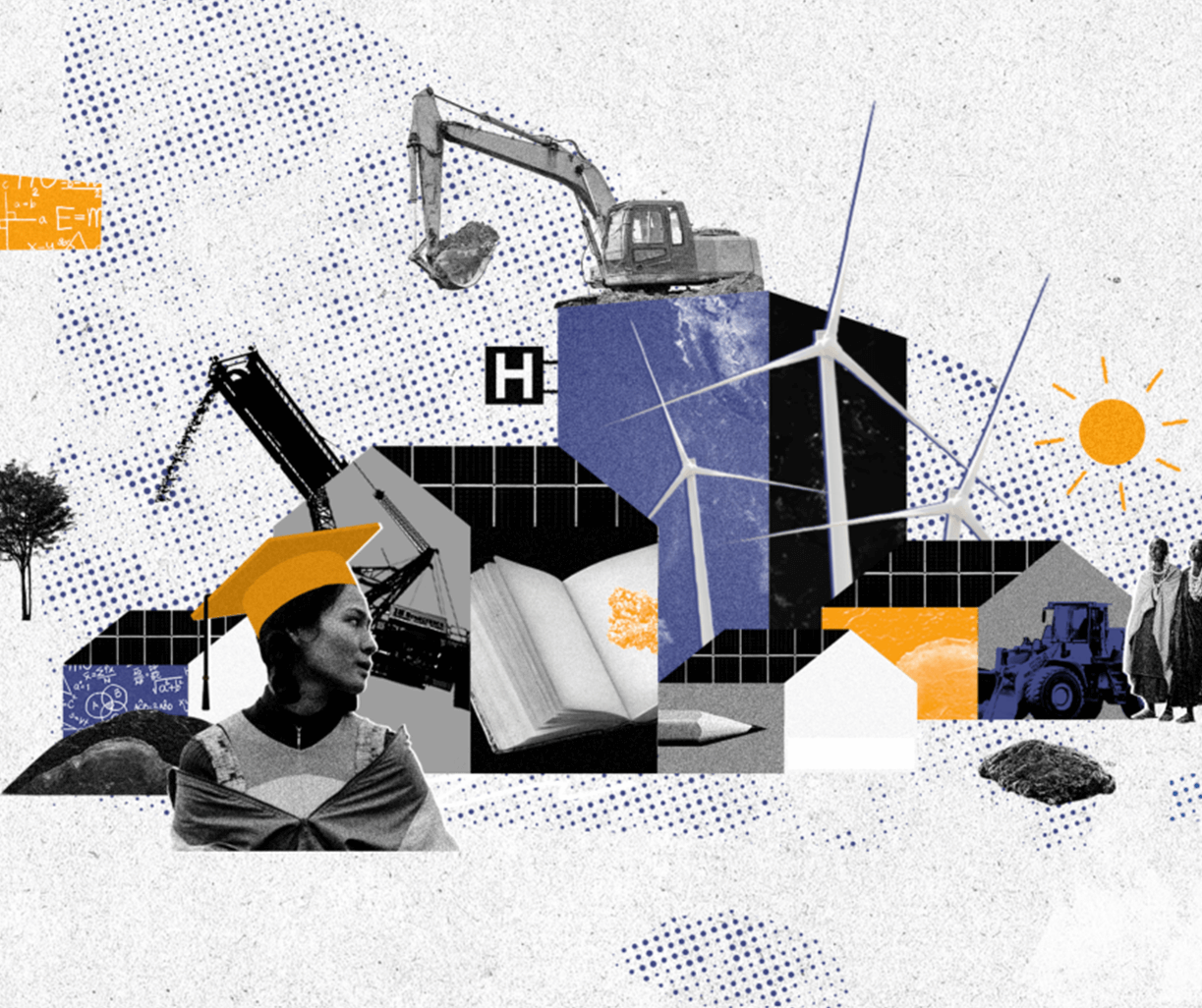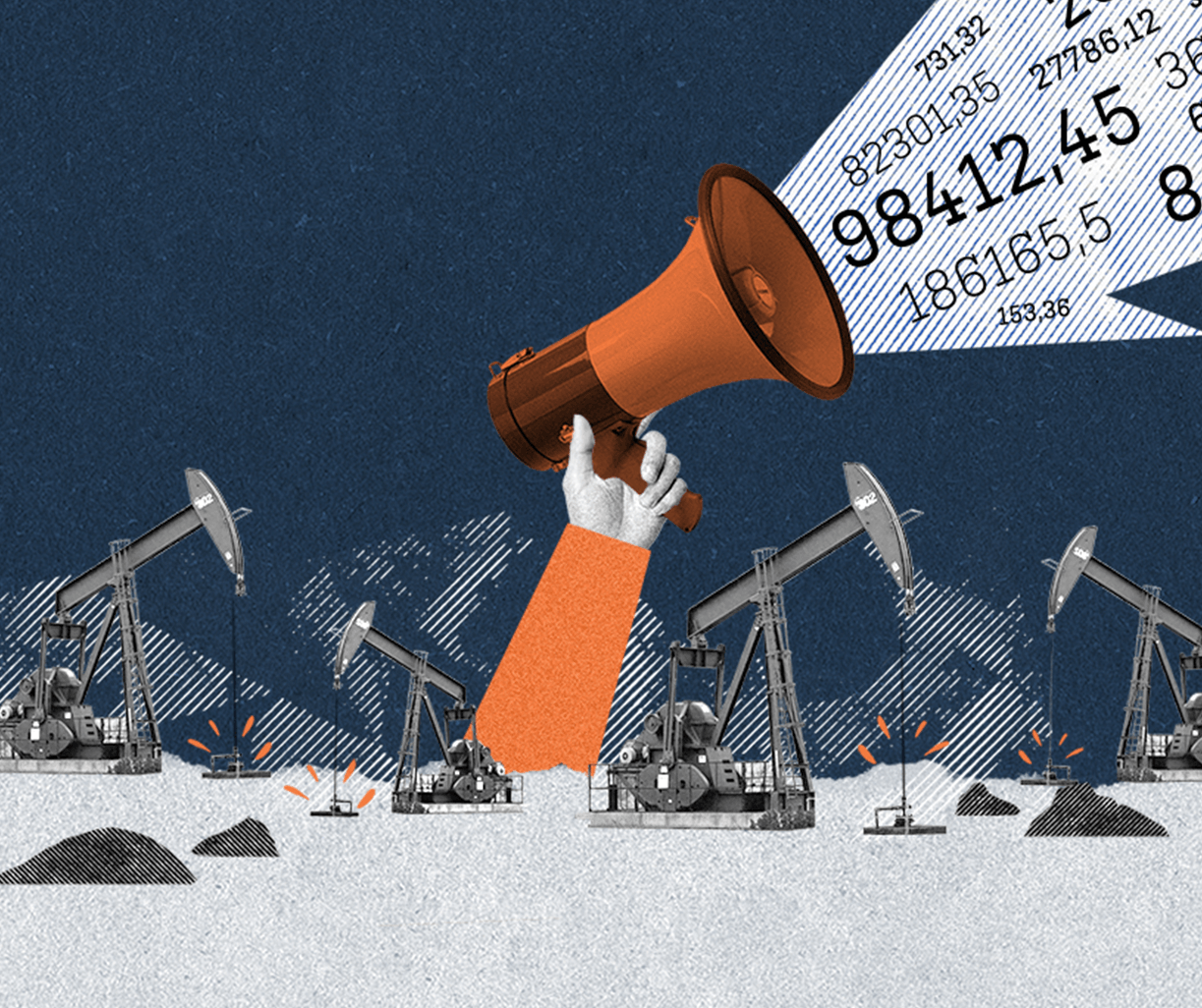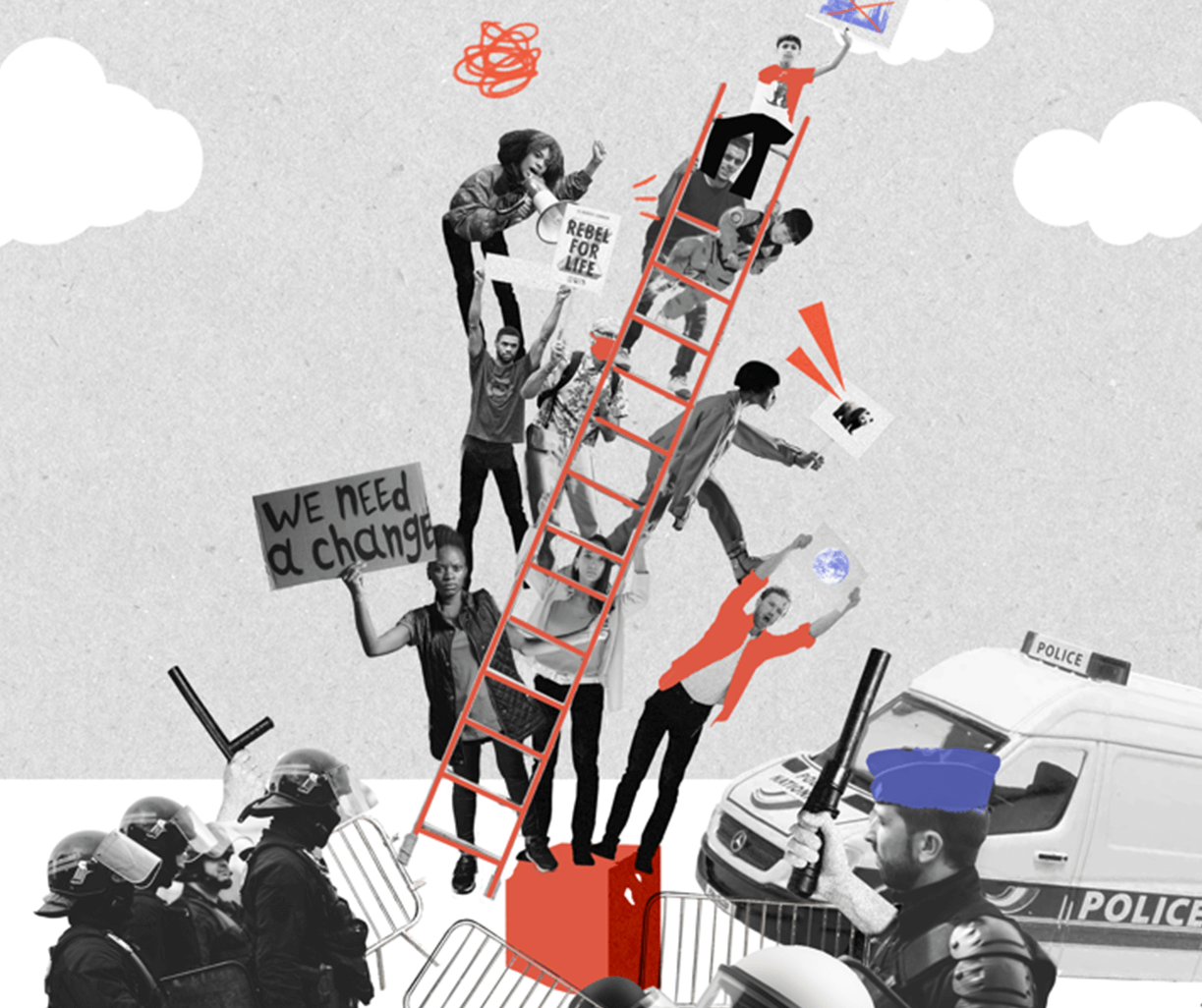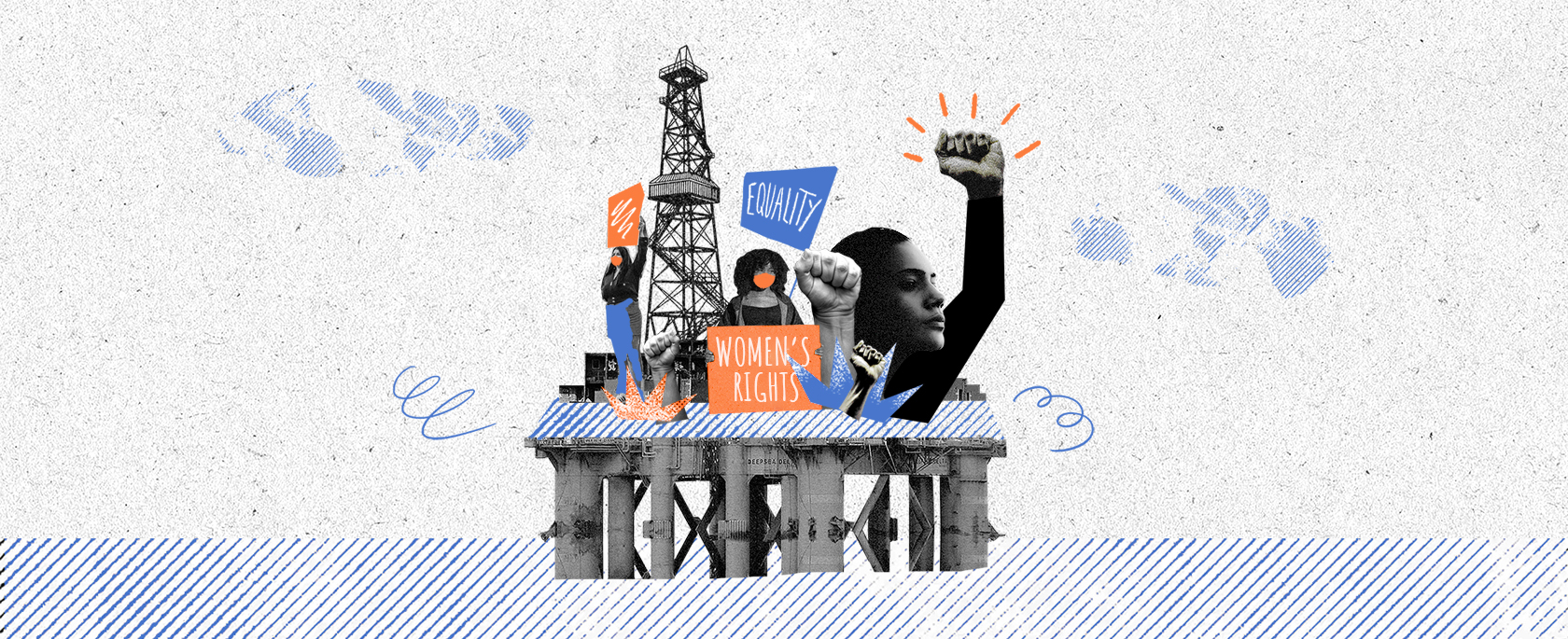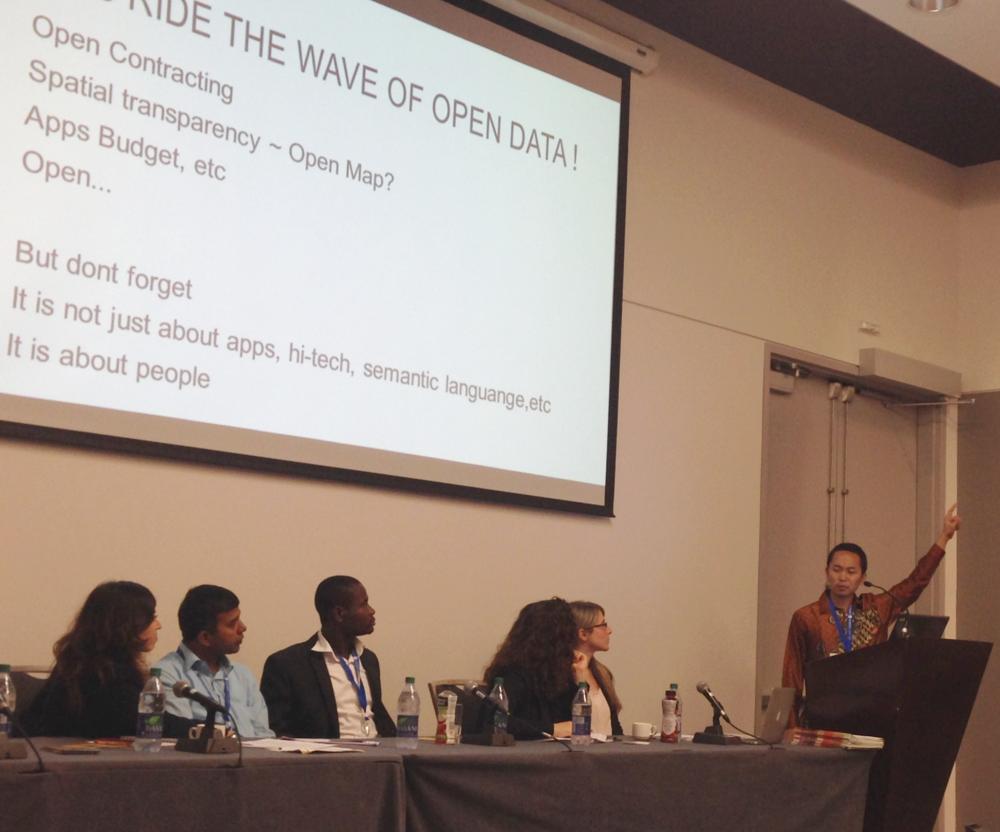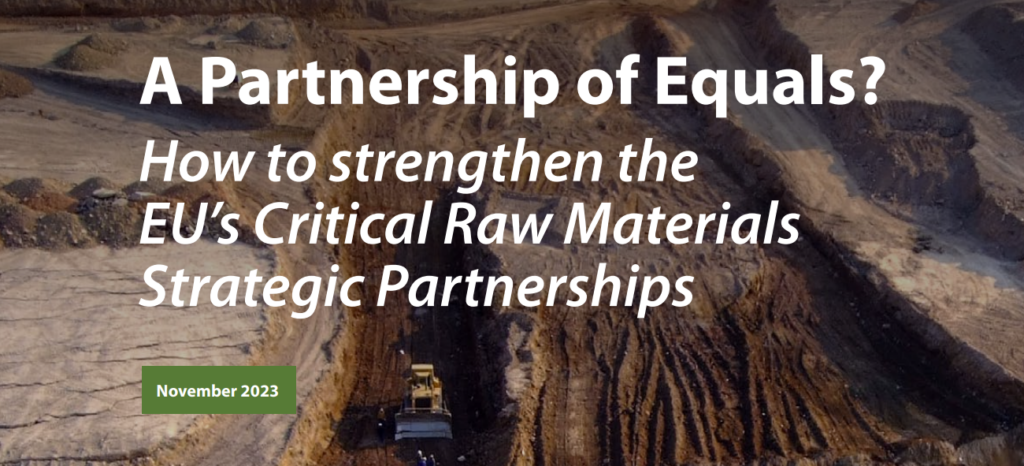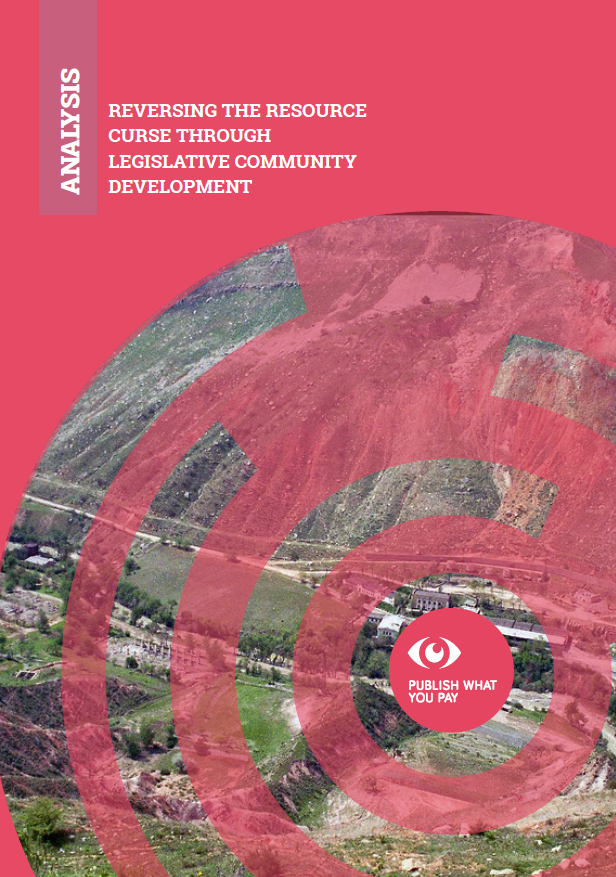These days we all hear a lot about the data avalanche and how civil society across the world is using and getting prepared to use this data. Of course this is a very exciting prospect that in some places is actually already taking place today while the bigger transparency revolution awaits us in 2016 and beyond. These precise issues were explored at the 3rd International Open Data Conference in Ottawa at the end of May. The busy week of events dedicated to open data brought together many prominent stakeholders and leaders, including data scrapers, data geeks and community activists, from around the world to exchange ideas and work together to enable the data revolution. Indeed, they shared the most fascinating examples of data sets, portals and web tools, virtual maps and infographics. Despite all these hi-tech developments, we need to keep in mind the major reason for open data: the people.
“Let’s ride the wave of open data but don’t forget that it’s not just about apps, hi-tech, semantic language. It is about people…” Jensi Sartin from PWYP Indonesia
People usually get very excited about brand new gadgets but rarely do they think about how they were produced. Did you know that most electronic devices, vehicles and aircrafts are produced from aluminum which is made from bauxite? Bauxite extraction, aside from high profits for the companies and shiny end products, brings land exhaustion, deforestation and threats to the traditions and customs of indigenous communities. There are places in Indonesia where the damage from bauxite extraction has caused tragedies for both nature and its local populations in equal measures.
Open data should be driven by communities to meet their needs and bring them the well-deserved benefits. This message was expressed numerous times during the conference and is very relevant for the extractive sector. According to the participants from resource rich countries, citizens don’t have access to adequate information to hold governments, its leaders and extractive companies accountable. So what can we do to secure transparency and shift to accountability?
The activists, who scrape data, dig into pdfs, papers and formulas, can unlock very powerful stories, because there is always a story behind the numbers. However, open, readable and accessible data from extractives remains a challenge. The extractive data avalanche from mandatory disclosure driven by the EU Directive and Dodd-Frank 1504, as well as by voluntary initiatives such as EITI, can possibly bridge that gap and bring about meaningful reforms.
But for the data to be used in a useful way, we need to build the capacities and skills of local activists. Open Data conferences and other open data initiatives are excellent platforms for peer learning, knowledge exchange and generating new ideas. Civil society can then use the information based on the needs of local communities, inform them, interpret infographics and transform data into actions.
Furthermore, communities can directly contribute to increasing transparency and accountability through open data. In Indonesia, participatory remapping by a community revealed that the current spatial planning had ignored customary tenure rights. Villagers in West Kalimantan, a region rich with bauxite, joined an activists’ initiative by building a drone that was used to get fresh data on spatial planning in the area. They discovered a number of issues, in particular with the re-arrangement of settlements, and the violation of their rights on their own agriculture, villages and customary forests. With this information in hand, the communities were able to ask for the reviewing of overlapping licenses, a ban to use lakes and greater accountability for the companies to fulfil their commitments to the communities.
As our activist, Jensi Sartin from PWYP Indonesia, said: “Let’s ride the wave of open data but don’t forget that it’s not just about apps, hi-tech, semantic language. It is about people…”
